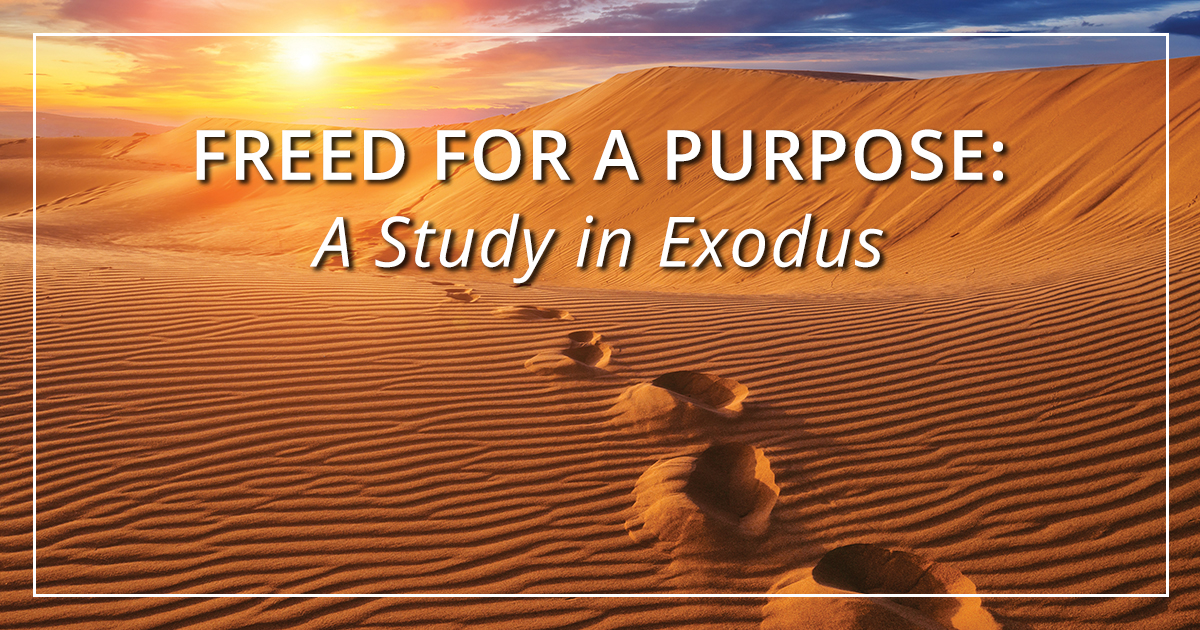Many commentators see a connection between God’s instructions for the tabernacle and the Genesis creation narrative. Bryan D. Estelle explained in Echoes of Exodus: “Why is this important? Because it indicates that the creation at the beginning of time is a sacred space, just as the tabernacle and the temple were later recognized to be spaces of sacred presence . . . The divine presence lost in Eden becomes the central catastrophe in the biblical drama. The building of the tabernacle according to a model as God’s presence or dwelling in the midst of his people at least partially resolves that problem.”
In other words, the construction of the tabernacle not only had national significance for Israel but it also had cosmic significance within God’s overall plan for human history. Today’s reading continues God’s instructions for the tabernacle. How were these items arranged? The focus was a tent-like structure that housed two areas—the Most Holy Place (with the Ark) and the Holy Place, which included the altar of incense, the table for bread, and the lampstand. The twelve loaves of bread on the table signified God’s provision, while the lampstand was associated with light, life, and God’s glory.
Outside in the courtyard stood the altar of burnt offering and a bronze water basin. This rectangular space was surrounded by a kind of fence made of cloth. The entrance to the courtyard faced east, as would be true for Solomon’s temple and had been true for the Garden of Eden (Gen. 3:24). The altar of burnt offering stood in the eastern half of the courtyard (vv. 1–8). The “horns” (corner projections) of the altar symbolized atonement, as the blood from the sacrifices was sprinkled on them. Later these horns would be a place where guilty people could flee for refuge or mercy (see 1 Kings 2:28).
Pray with Us
Ken Heulitt, chief financial officer, sees God’s provision for Moody every day in the area of finances. Please join him and his team in prayer and praise to the Lord for His faithfulness and for surrounding Moody with faithful friends.








